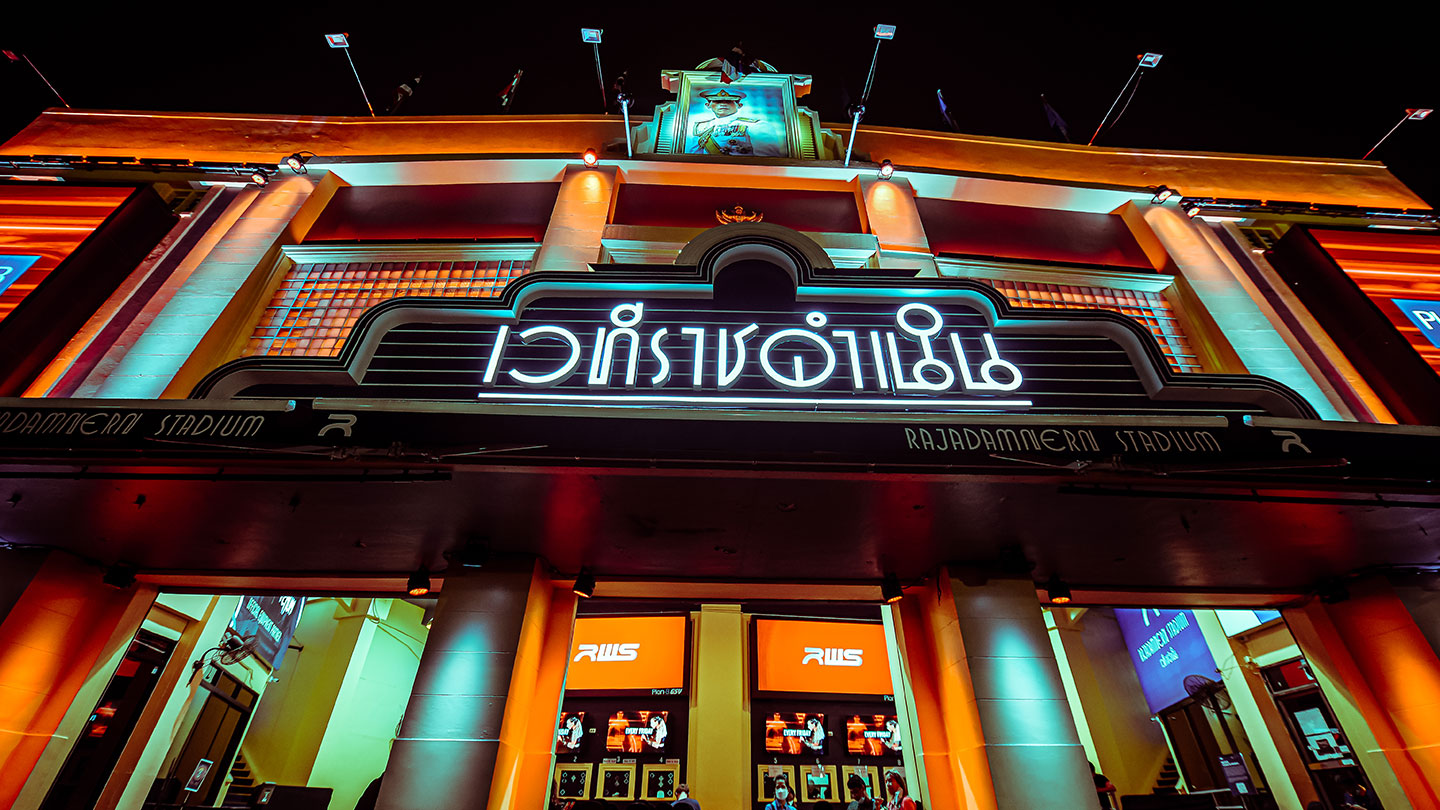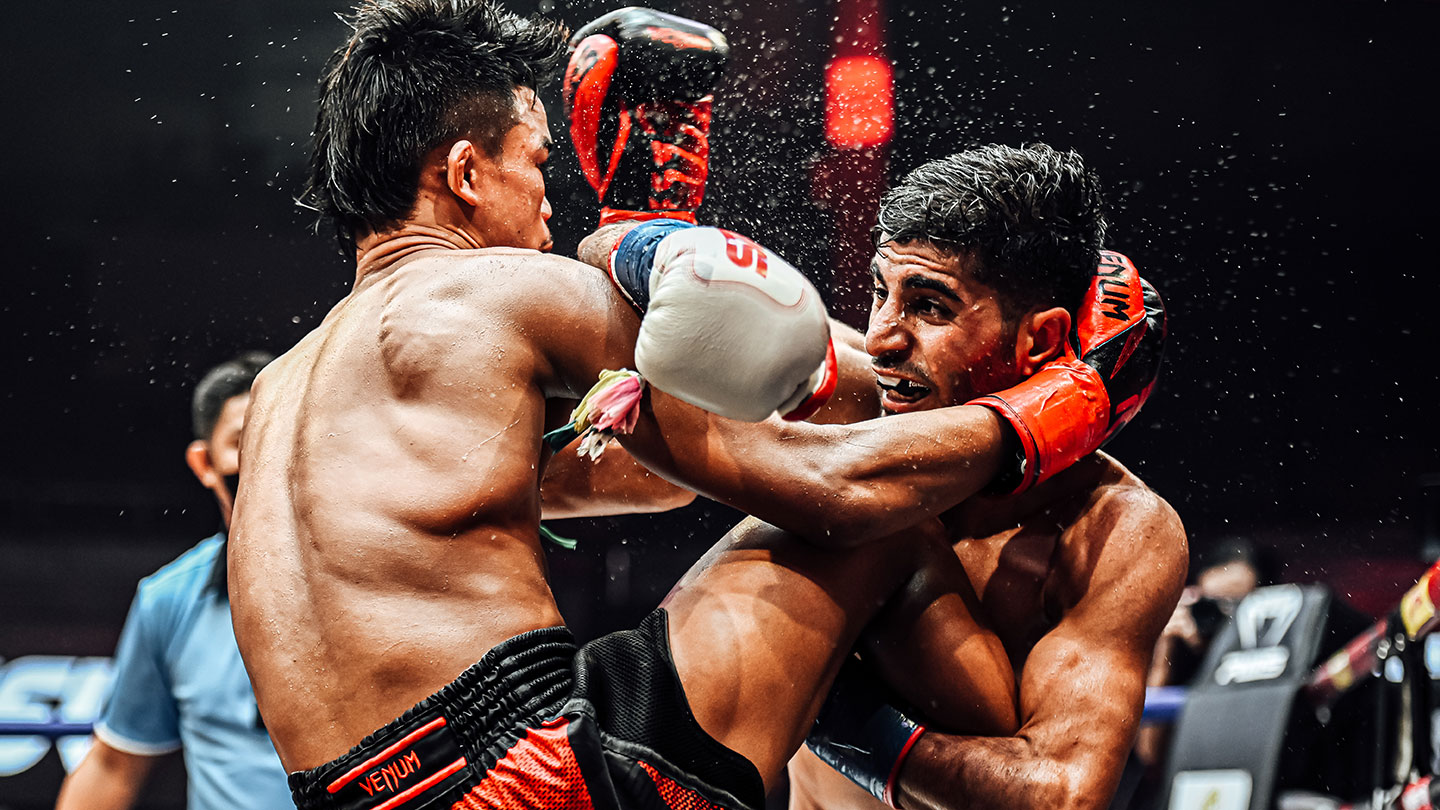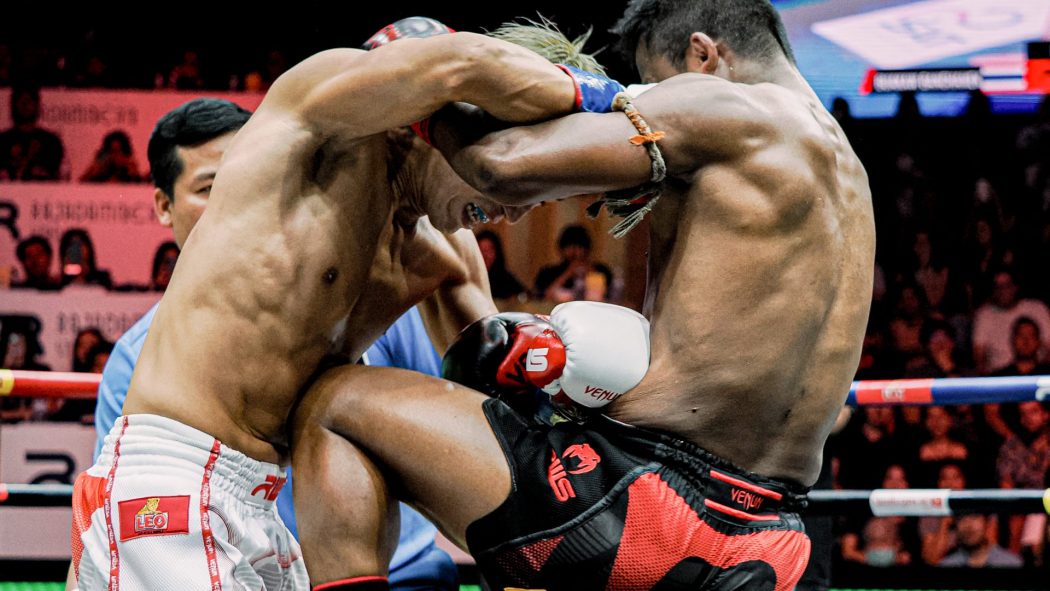Does Muay Thai have belts or a ranking system? Gain insights into the traditions, significance, and journey of fighters in the Muay Thai arena.
Mar 2, 2024
Muay Thai Belts and Ranking System Misconception Explained
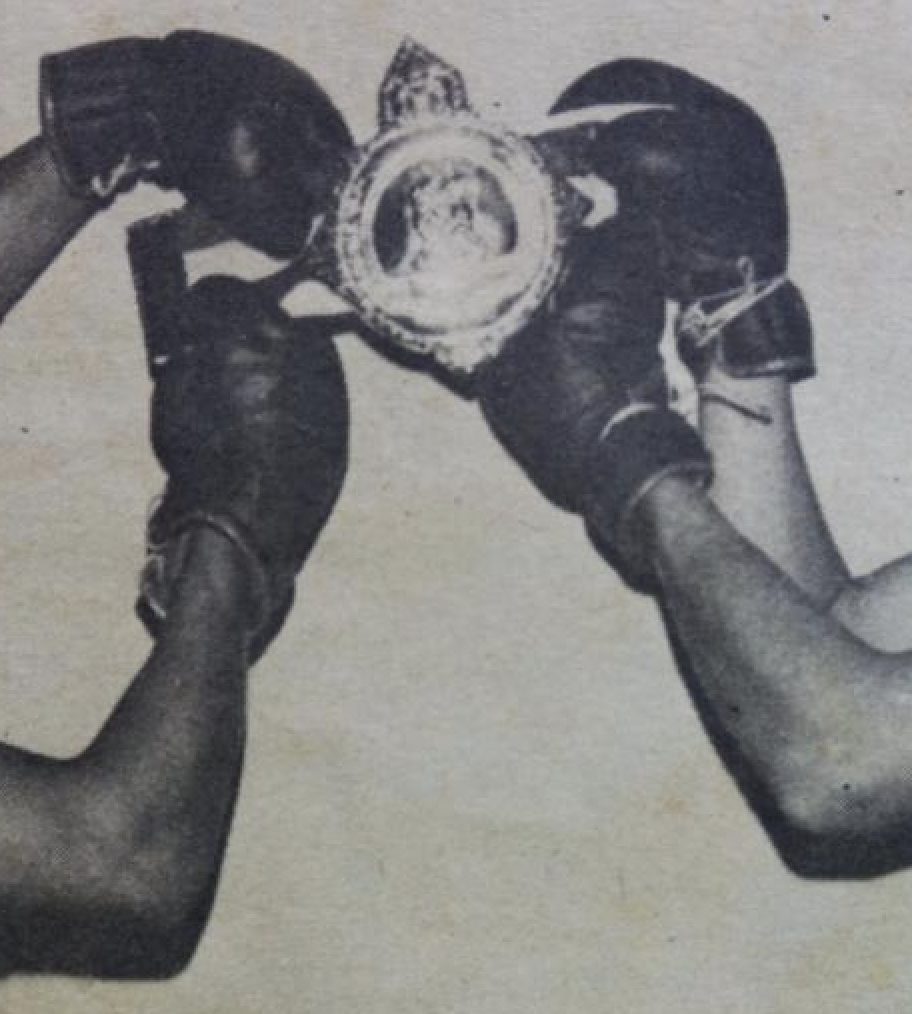
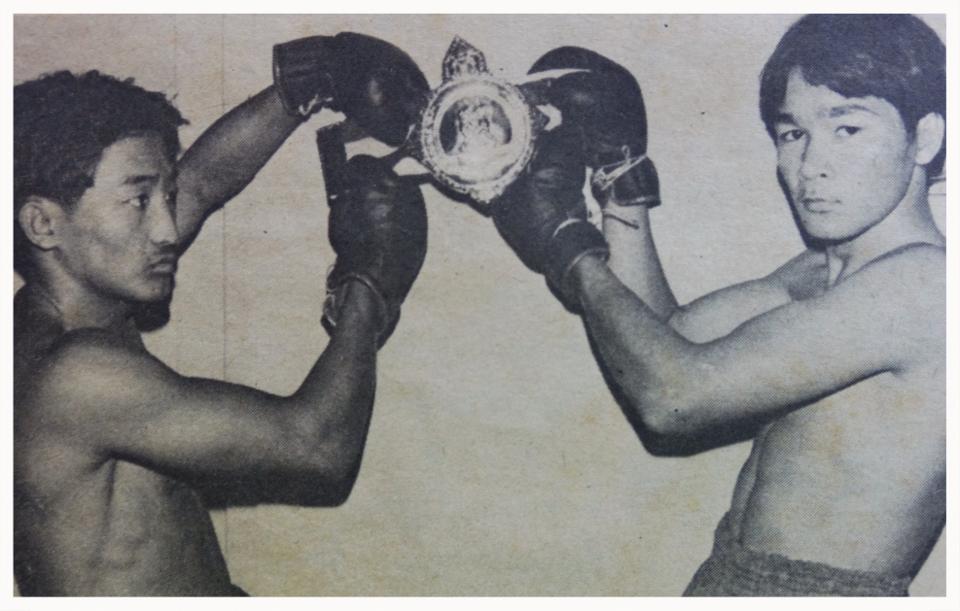
Muay Thai or Thai boxing is a traditional martial art that originated in Thailand. Renowned for its powerful strikes, devastating clinch techniques, and overall effectiveness in stand-up combat, Muay Thai has gained popularity worldwide as both a sport and a form of self-defense. With a rich history deeply rooted in Thai culture, Muay Thai has evolved over centuries, blending tradition with modern training methods.
But do Muay Thai fighters wear belts, and how does the ranking system work? You may be wondering about the significance of Muay Thai belts and one common misconception among martial arts enthusiasts is the belief that all martial arts, including Muay Thai, follow a belt-based ranking system. While many martial arts do utilize belts to signify a practitioner’s level of expertise, Muay Thai stands out as an exception to this tradition. Keep reading to find out more about Thai boxing belts, Muay Thai belt meaning, Muay Thai belt history and Muay Thai ranking criteria.
Does Muay Thai have a Belt Ranking System?

Muay Thai’s origins can be traced back centuries to ancient Thailand, where it evolved from military training for warriors on the battlefield. Unlike many other martial arts that developed in monastic settings, Muay Thai has always been deeply intertwined with Thai culture and the life of the common people.
Moreover, historically, the focus in Muay Thai has been on preparing fighters for real-life combat situations. This practical approach has led to a training philosophy that prioritizes techniques that are effective in the ring. The absence of a formal Muay Thai belt system is a reflection of this emphasis on functionality over formality.
Hierarchy in Muay Thai
In Muay Thai gyms, hierarchy is established through experience, demonstrated skill, and a fighter’s reputation in the ring. The respect commanded by seasoned fighters is based on their ability to apply techniques effectively, endure rigorous training, and achieve success in actual bouts.
The Actual Muay Thai grading or Ranking System
While Muay Thai doesn’t adopt the traditional belt system seen in many martial arts, it possesses a unique and nuanced ranking system that signifies a fighter’s skill and experience. The Muay Thai ranking system revolves around practical elements, ensuring that a practitioner’s proficiency is grounded in real combat scenarios rather than formalized testing.
The Criteria and Levels in the Muay Thai Ranking System
- Pra Jiads: Symbols of Progress
– White Pra Jiad: The white Pra Jiad often represents the beginning stages of training. Fighters wear this armband during initial phases, denoting their commitment to learning the fundamental techniques of Muay Thai.
– Red Pra Jiad: The transition to a red Pra Jiad signifies intermediate skill and experience. Practitioners at this level have honed their basics and are developing a more nuanced understanding of advanced techniques.
– Blue Pra Jiad: Reserved for those who have reached an advanced level of proficiency, the blue Pra Jiad signifies a deep understanding of the art and the ability to execute complex techniques effectively.
2. Mongkol: Symbols of Dedication
The Mongkol, worn during pre-fight rituals, holds a special place in Muay Thai culture. While not directly tied to specific skill levels, the Mongkol reflects a fighter’s dedication, discipline, and spiritual connection to the art. It is a symbol of respect for tradition and a reminder of the responsibility that comes with being a Muay Thai practitioner.
3. Fight Record: The True Measure of Skill
In Muay Thai, the most significant indicator of a fighter’s skill is their fight record. Wins, losses, and overall performance in the ring are crucial factors in determining a practitioner’s standing in the Muay Thai community. This emphasis on practical experience reinforces Muay Thai’s commitment to preparing fighters for real-life combat situations.
4. Gym Recognition: Local and International Reputation
A fighter’s standing within their gym and the broader Muay Thai community is also a vital aspect of the ranking system. Recognized gyms often produce skilled fighters, and a practitioner’s association with a reputable gym contributes to their overall ranking.
How to level up ranking in Muay Thai, what are the ranking criteria?
Advancing through the ranks in Muay Thai is not a linear or standardized process. It is a journey marked by continuous learning, practical experience, and a deep commitment to the art. Unlike formal belt systems that involve scheduled testing, a Muay Thai fighter’s progression is organic and closely tied to their dedication, skill development, and performance in the ring.
1. Foundational Training: The journey begins with the white Pra Jiad, symbolizing the early stages of training. Here, fighters focus on mastering the fundamental techniques of Muay Thai, including basic strikes, footwork, and defensive maneuvers. This phase involves rigorous physical conditioning to build strength, endurance, and flexibility.
2. Intermediate Development: Transitioning to the red Pra Jiad signifies a deeper understanding of Muay Thai’s intricacies. Fighters at this stage delve into more advanced techniques, refining their striking combinations, clinch work, and defensive strategies. Intermediate fighters often engage in controlled sparring sessions to apply their skills in a simulated combat environment.
3. Advanced Proficiency: Achieving the blue Pra Jiad represents a significant milestone, signifying an advanced level of proficiency. At this stage, fighters possess a broad range of techniques and are adept at adapting their strategy based on opponents’ movements. Training intensifies, focusing on refining techniques and developing fight strategies
4. Fight Experience: The heart of Muay Thai ranking lies in the fighter’s actual performance in the ring. Regular participation in fights, both locally and internationally, is crucial for advancing through the ranks. Victories contribute positively to a fighter’s reputation, while losses become valuable learning experiences. The fight record is a direct reflection of a fighter’s skill, resilience, and adaptability.
5. Gym Recognition: Gaining recognition within the fighter’s own gym and the broader Muay Thai community is integral to climbing the ranks. Coaches and peers play a significant role in evaluating a fighter’s progress and contributions to the gym. Fighters who consistently demonstrate dedication, leadership, and sportsmanship often earn the respect of their training partners and coaches.
Challenges and Training Involved
- Physical and Mental Toughness
Muay Thai demands a high level of physical fitness and mental resilience. Training involves intense conditioning, sparring, and drills that push fighters to their limits. Developing mental toughness is equally important, as fighters must remain focused, composed, and strategic in the heat of a bout.
- Technical Mastery
Advancing through the ranks requires a deep understanding of Muay Thai techniques. Fighters must continually refine their striking, clinch work, and defensive skills. This involves countless hours of training, working with experienced coaches, and learning from more seasoned fighters.
- Fight Strategy and Adaptability
As fighters progress, they must develop a keen sense of fight strategy. This involves studying opponents, adapting to different styles, and making split-second decisions in the ring. Fighters learn to read their opponents, exploit weaknesses, and adjust their approach mid-fight.
- Consistency and Dedication
Consistency in training and dedication to improvement are paramount. The journey through the ranks is not rapid, and fighters must stay committed to the long-term process. Regular training, continuous learning, and a passion for the art are essential ingredients for success.
Advancing through the ranks in Muay Thai is a multifaceted journey that goes beyond formalized testing. It is a process deeply rooted in real combat experience, continuous learning, and a fighter’s ability to apply their skills effectively in the ring. The challenges faced and overcome during this journey contribute to the development of well-rounded, resilient, and skilled Muay Thai practitioners.
Conclusion
In the world of martial arts, Muay Thai stands as a unique and distinguished discipline, known for its powerful strikes, intricate techniques, and cultural richness. As we explore the realm of Muay Thai belts and the ranking system, it becomes obvious that this martial art has chosen a distinctive path from the conventional colored belt systems found in many other disciplines.
Furthermore, Muay Thai’s approach to belts and ranking system is a testament to its authenticity and commitment to practical combat. Pra Jiads, Mongkols, fight records, and gym recognition collectively create a dynamic and nuanced system that values the complete development of a fighter. As we appreciate Muay Thai for its distinctiveness, we recognize that it is not just a martial art; it is a living tradition that continues to evolve while staying deeply connected to its historical roots.
Discover Muay Thai Live

After gaining insights into the unique world of Muay Thai belts and the ranking system, the true essence of this martial art comes to life in the electrifying atmosphere of live events. There’s no better way to appreciate the skills, dedication, and cultural richness of Muay Thai than by witnessing real-time action at prestigious venues like Rajadamnern Muay Thai Stadium, located in the heart of Bangkok, that holds immense historical significance.
Don’t miss the chance to be part of the Muay Thai spectacle at Rajadamnern Stadium. Book your tickets now for an authentic, unforgettable experience that will deepen your appreciation for this incredible martial art.
Related News
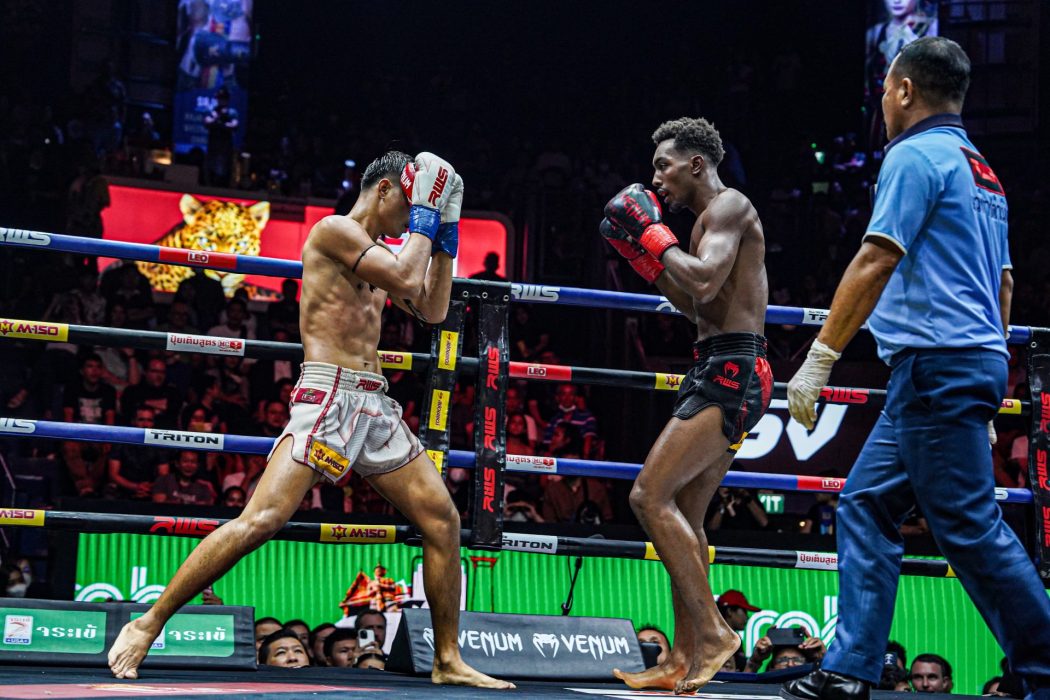
Muay Thai Stance: A Comprehensive Guide for Beginners
Mar 7, 2024
Unlock the secrets of Muay Thai stances with our comprehensive guide. Learn traditional vs. modern techniques, footwork, and gain an edge in the ring.



